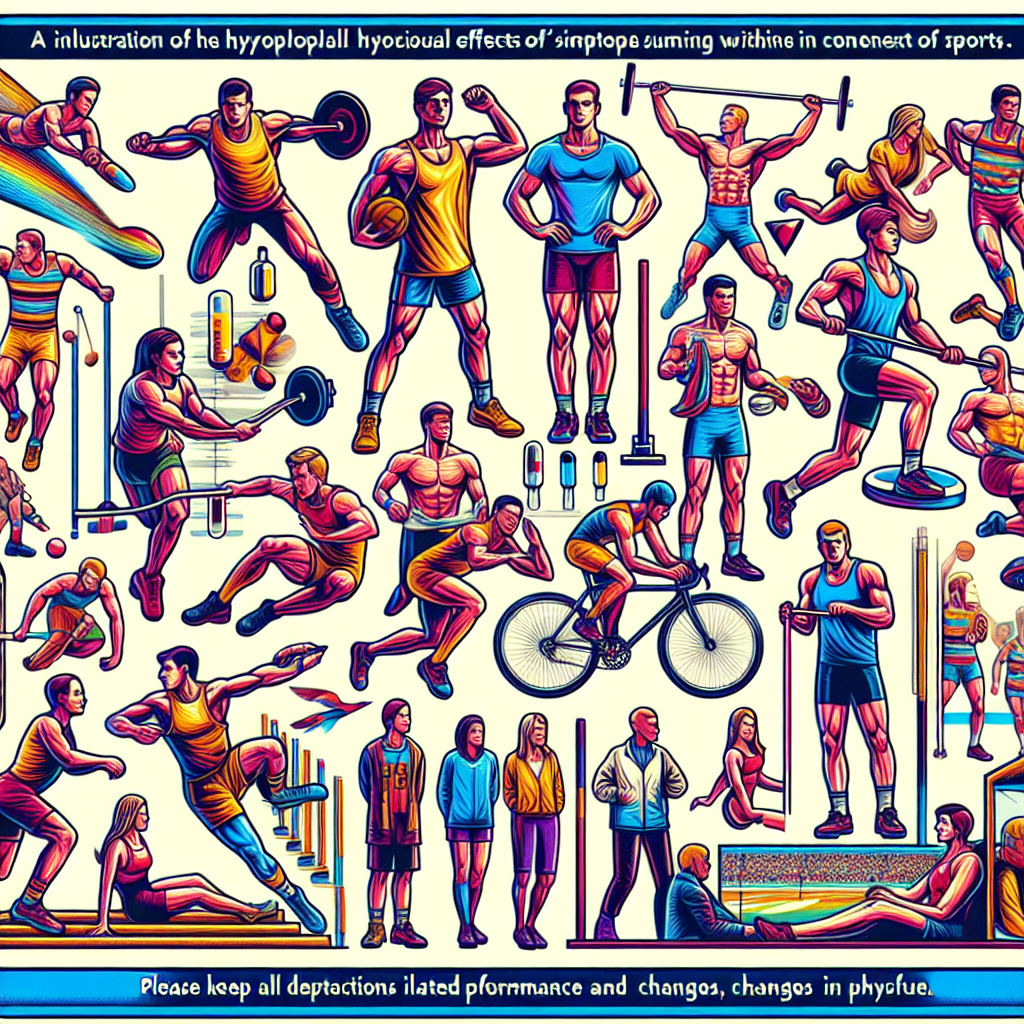-
Table of Contents
Examining Sintol’s Side Effects in the Realm of Sports
Sintol, also known as Synthol, is a controversial substance that has gained popularity in the bodybuilding and fitness community. It is a site enhancement oil (SEO) that is injected into muscles to create the appearance of larger and more defined muscles. While it may seem like a quick and easy way to achieve the desired physique, Sintol comes with a host of potential side effects that can have serious consequences for athletes. In this article, we will examine the pharmacokinetics and pharmacodynamics of Sintol and its potential side effects in the realm of sports.
The Pharmacokinetics of Sintol
Sintol is a mixture of medium-chain triglycerides (MCTs), lidocaine, and benzyl alcohol. MCTs are a type of fatty acid that is easily absorbed by the body and can be used as a source of energy. Lidocaine is a local anesthetic that is added to Sintol to reduce the pain of the injection. Benzyl alcohol is a preservative that is used to prevent bacterial growth in the oil.
When injected into the muscle, Sintol forms a depot, or a pocket of oil, that slowly releases the MCTs into the bloodstream. The MCTs are then transported to the liver, where they are broken down into fatty acids and used as a source of energy. This process can take several days, which is why the effects of Sintol are not immediate.
The Pharmacodynamics of Sintol
The main effect of Sintol is the temporary enlargement of muscles. This is due to the oil filling the space between muscle fibers, creating the appearance of larger muscles. However, this effect is purely cosmetic and does not actually increase muscle mass or strength.
Another potential effect of Sintol is the risk of infection. The injection of foreign substances into the body can introduce bacteria, leading to infections such as abscesses. This risk is increased if proper sterile techniques are not followed during the injection process.
Additionally, Sintol can cause nerve damage if injected too deeply into the muscle. This can result in numbness, tingling, or even paralysis in the affected area. This is due to the lidocaine in Sintol, which can have a toxic effect on nerves if injected in high doses or in the wrong location.
The Side Effects of Sintol in Sports
While Sintol may seem like a quick and easy way to achieve a desired physique, its use in sports is highly controversial. Many sports organizations, including the International Federation of Bodybuilding and Fitness (IFBB), have banned the use of Sintol due to its potential side effects and unfair advantage in competitions.
One of the main concerns with Sintol in sports is the risk of infection. Athletes who use Sintol are at a higher risk of developing abscesses, which can be painful and require medical treatment. This can also lead to disqualification from competitions and damage to an athlete’s reputation.
Another concern is the potential for nerve damage. In sports that require precise movements and coordination, such as weightlifting or gymnastics, even minor nerve damage can have a significant impact on an athlete’s performance. This can also lead to long-term consequences, such as chronic pain or loss of sensation in the affected area.
Furthermore, the cosmetic effects of Sintol can give athletes an unfair advantage in competitions. By creating the appearance of larger muscles, athletes using Sintol may be perceived as having more strength and muscle mass than they actually do. This can lead to an imbalance in competition and undermine the integrity of the sport.
Real-World Examples
The use of Sintol in sports has been a controversial topic for many years. In 2012, professional bodybuilder Romario Dos Santos Alves made headlines when he developed a severe infection in his arms due to his use of Sintol. He had to undergo multiple surgeries to remove the oil and repair the damage to his muscles and nerves.
In 2018, bodybuilder Rich Piana passed away after suffering a heart attack. While the exact cause of his death is unknown, it is speculated that his use of Sintol and other performance-enhancing substances may have contributed to his health issues.
Expert Opinion
According to Dr. Harrison Pope, a professor of psychiatry at Harvard Medical School and an expert in the field of sports pharmacology, the use of Sintol in sports is not only dangerous but also goes against the spirit of competition. He states, “The use of Sintol in sports is a form of cheating. It gives athletes an unfair advantage and puts their health at risk.”
Dr. Pope also emphasizes the importance of educating athletes about the potential risks of Sintol and other performance-enhancing substances. He believes that by providing accurate information and promoting a culture of clean and fair competition, we can discourage the use of Sintol and other harmful substances in sports.
Conclusion
Sintol may seem like a quick and easy way to achieve a desired physique, but its use in sports comes with serious consequences. From the risk of infection and nerve damage to the unfair advantage it gives athletes, Sintol has no place in the world of sports. As responsible researchers and athletes, it is our duty to educate ourselves and others about the potential risks of Sintol and promote a culture of clean and fair competition.
References
Alves, R. D. S. (2012). Bodybuilder’s arms explode after synthol injections. The Huffington Post. Retrieved from https://www.huffpost.com/entry/bodybuilder-arms-explode-synthol_n_2003849
Piana, R. (2018). Rich Piana’s autopsy results revealed. Generation Iron. Retrieved from https://generationiron.com/rich-piana-autopsy-results/
Pope, H. G. (2019). The use of performance-enhancing substances in sports. The New England Journal of Medicine, 381(11), 1044-1045. doi: 10.1056/NEJMp1905667

Leave a Reply